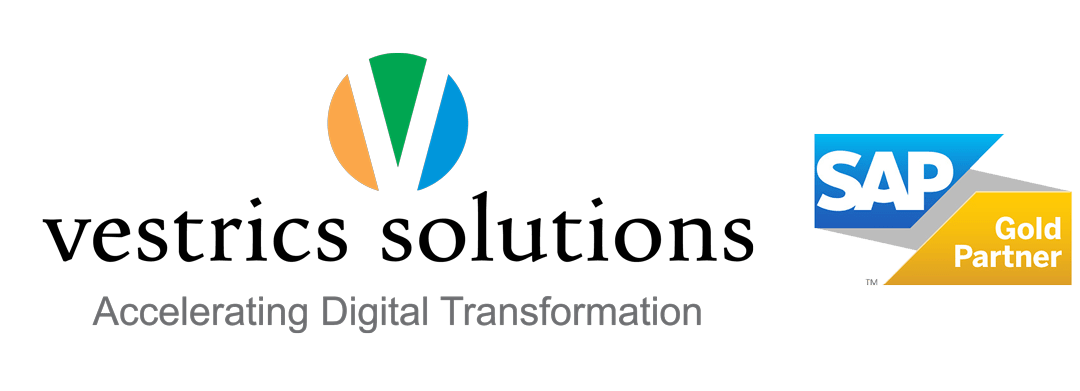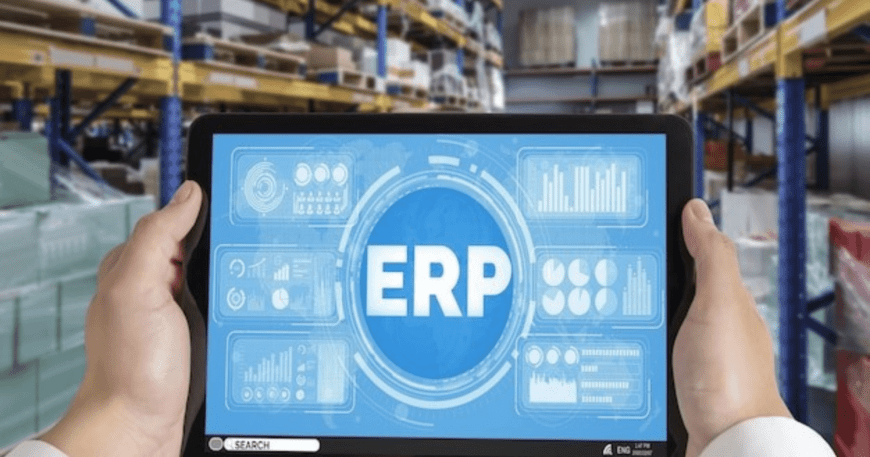Thinking about all of a company’s essential business processes like HR, finance, manufacturing, supply chain, services, and procurement is the simplest way to define Enterprise Resource Planning (ERP). In its most fundamental form, ERP aids in the effective management of all of these processes within an integrated system. It is referred to as the organization’s central nervous system.
To quickly close the books, finance needs an ERP. The sales department needs ERP to deal with all client orders. When it comes to getting the right products and services to customers on time, logistics depends on ERP software that works well. ERP is necessary for accounts payable to pay suppliers accurately and on time. The management needs immediate visibility into the company’s performance to make decisions quickly. Furthermore, the ERP system allows banks and shareholders to rely on reliable data and analysis because they require accurate financial records.
However, the following pain points are faced during ERP implementation:
Frequent Updates
The incompatibility of outdated ERP software with contemporary work practices is another issue that can arise. ERP systems are frequently used by businesses for more than a decade after they are implemented; therefore, it is essential to conduct periodic reviews to determine whether the system is still meeting the requirements of the organization. Last but not the least, very old software may be affected if the manufacturer has stopped supporting the product. This means that you won’t get updates or improvements, let alone simple fixes for problems.
Leading cloud-based systems, which automatically make new features and innovations available to users, are easier to upgrade than older on-premises systems. It’s a good idea to periodically assess whether it’s better to stick with the current ERP system or begin the extensive project of finding a replacement because an outdated system can start to hinder the business.
Resistance to Change
Despite the undeniable benefits of implementing ERP software, it is common knowledge that people dislike change. Your team’s resistance and delays are likely if you want to replace a system as crucial as your current one. The process will also be more difficult if your team does not understand why you are switching to a new ERP system.
Throughout the implementation process, communicate the new ERP’s features and benefits to all stakeholders, particularly end users on the front lines. In addition, ensure that each user receives comprehensive support and training to facilitate their adoption of the system. Show your team how the ERP will make their daily lives easier rather than stressing the new features.
Costs Involved
Although it comes at a cost, ERP system maintenance is essential to maintaining its proper operation after its implementation in an organization. A word of caution: an ERP system might appear inexpensive at first. However, you could end up spending significantly more money in the long run if you do not carefully consider the associated upkeep costs prior to integration. Consider whether the software will continue to be supported after it has been implemented into your business. In order for your business to reap the benefits of implementation in the long run, you will want to select a software partner or vendor that can provide support for a number of years.
Data Migration Issues
Data migration is a vital element to consider during an ERP implementation. The fact that ERP provides a single, accurate data source for the entire organization is one of its primary benefits. Data migration, which typically entails importing data from multiple older systems into the ERP database, is an essential step in ERP implementation. However, you must first locate all of your data. This might be much harder than you think. The data may be scattered throughout the organization, buried in spreadsheets, department-specific applications, accounting systems, or even on paper.
The ERP implementation project as a whole can be kept on schedule and within budget with the help of well-planned data migration. Additionally, it presents an opportunity to eliminate redundant and out-of-date data stored in the organization’s older systems. In contrast, underprioritizing data migration can impede your go-live date and result in inaccurate or duplicate data.
Poor Project Management
There are multiple phases to an ERP implementation, including design, development, data migration, testing, deployment, support, and post-launch updates. Each stage has important tasks to complete, and the project needs to stay on course, which calls for careful project management. Because each department is juggling multiple other priorities with its ERP project responsibilities, that can be extremely challenging. It is hardly monitored by company management. As a result, poor project management poses a significant threat to any company’s ERP implementation.
Successful project and personnel management necessitate timely two-way communication and the establishment of realistic expectations, timelines, and milestones. As with change management, executive support and other top leadership are necessary to overcome this obstacle.
Conclusion:
Post going through all the points and after careful evaluation of the parameters we can conclude that ERP installation can be a boon as it revolutionizes the way the business processes work but at the same time there is a certain amount of resistance and roadblocks in successful implementation of ERP systems. Thus, an efficient and a long-term solutions partner who can look into the nitty-gritties of the implementation process and periodic maintenance requirements for a successful roadmap. To know about how we can help you, write to us at sales@vestrics.in or call us at +91 99510 53333.






